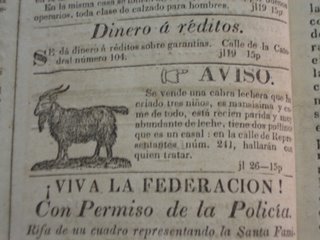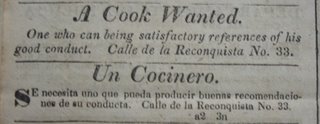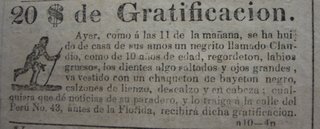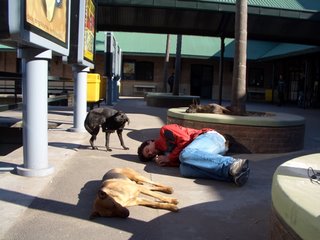Argentines are an infectiously passionate people, who love to exaggerate and make extravagant hand gestures. Not only has my bookish, Berlitz Spanish acquired some of the swagger and grit of the River Plate accent, I also catch myself, from time to time, clapping furiously after mediocre concerts and cursing the mothers of pedestrians who step in the path of my lowrider bicycle.

Indeed, Buenos Aires is a city that demands extreme reactions. Its vampiric hours, its corruption, its decadent charm, its infinite cafés, its multicolored buses, its gregarious taxi drivers, its pressurized soda bottles, its beautiful inhabitants – all cheekbones and mullets and feathery bangs – illicit either pure
amor or
desamor, and nothing in between.
And the meat. Nearly every piece of steak deserves a rhapsodic exclamation, but as these bites accumulate, you reach a point where you need to eat something else, something wholly different.
While spending a long weekend in Mendoza, I met Sadie, a musician and stylist from the Lower East Side. While having
lunch in the middle of a vineyard, looking over the haze-gauzed Andes, she told me of an unlicensed vegan raw food restaurant on the outskirts of Palermo Hollywood. As I took another bite of grilled goat, I knew I had to try the place out.
The restaurant, if you can call it that, serves dinner only on Thursdays and is located in the entry hall of an old house a few blocks from the flea market. The floor is black and white tile, the roof is a set of fiberglass slats that open like Venetian blinds.
Iago, the chef, is a quiet but outgoing Argentine who spent three years in Williamsburg, Brooklyn, where he learned to cook... or not to cook vegetarian cuisine. Maite, his companion, is Uruguayan, as is Luz, their gentle yellow lab. The two of them made our
sobremesa (after-dinner conversation) extremely agreeable.
But I’m getting ahead of myself. After an overwhelming asado in San Isidro a few nights before, I was looking forward to something wholly distinct. Iago did not disappoint: we started with a cold soup of pumpkin, Brazil nut milk and a few drops of Tabasco; next came a salad of wild greens, pears and avocado; the main course was a spinach
torta with a crust of dehydrated quinoa and flax seed; for dessert we ate a small glass of banana purée topped with a carob sauce. This was not penance for eating steak; this was a celebration of fresh ingredients, the yang to steak's ying.
To drink we had a bottle of
organic tempranillo. Empirical evidence suggests the ecological cultivation of the grapes has no effect on the sluggishness that red wine produces the following morning.
Sometimes meat-lovers snort when people describe this kind of food. My new response: they haven’t eaten enough Argentine steak.













